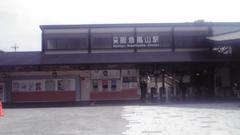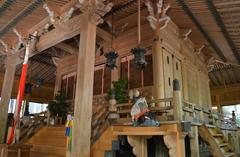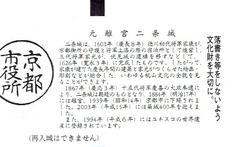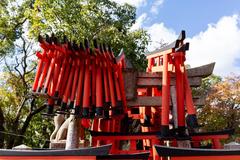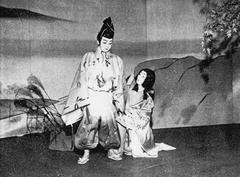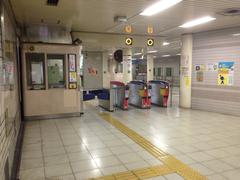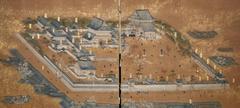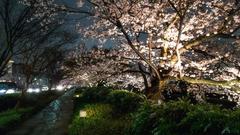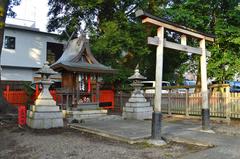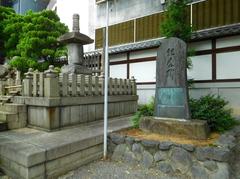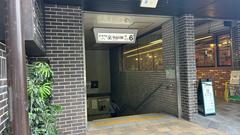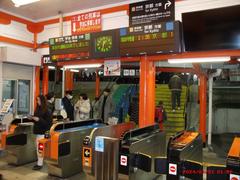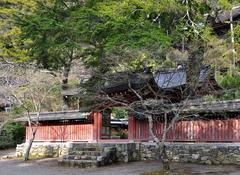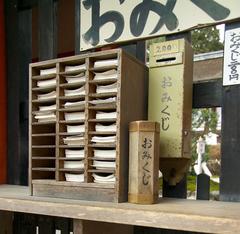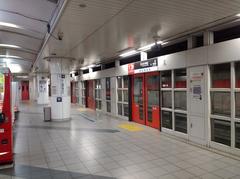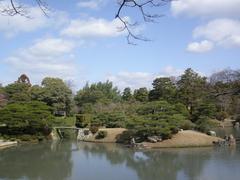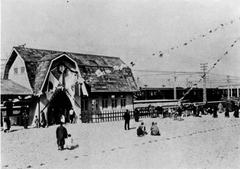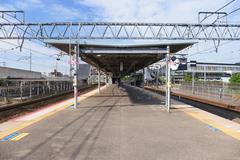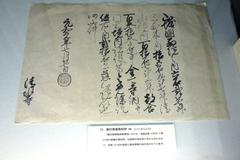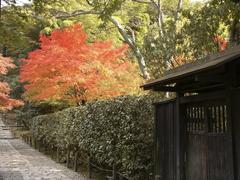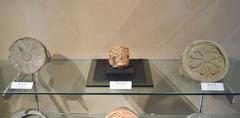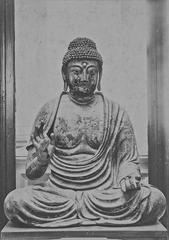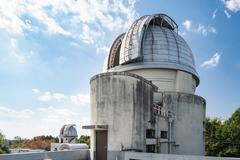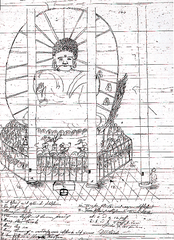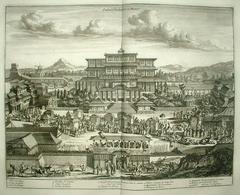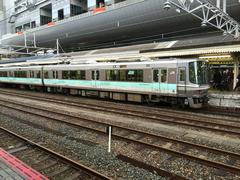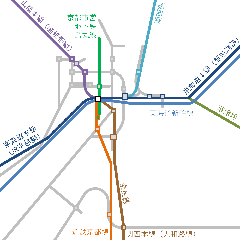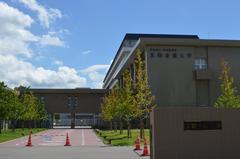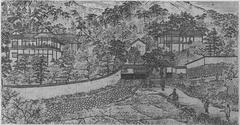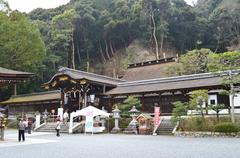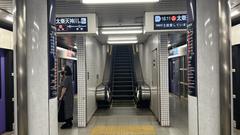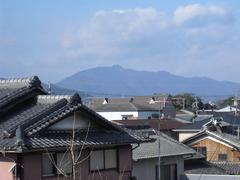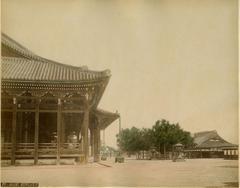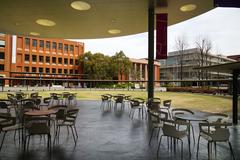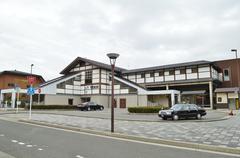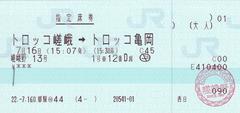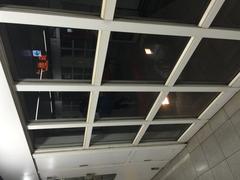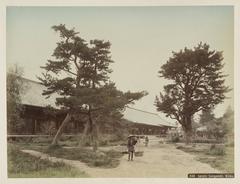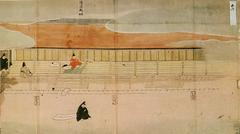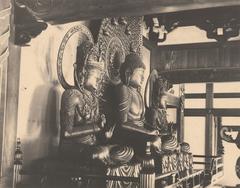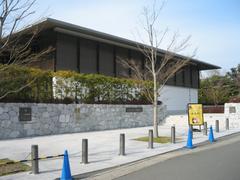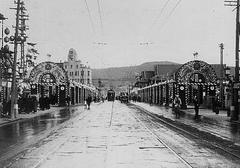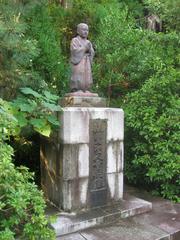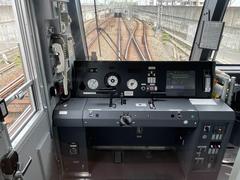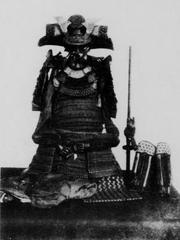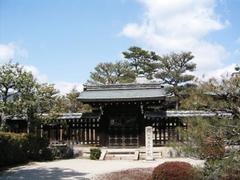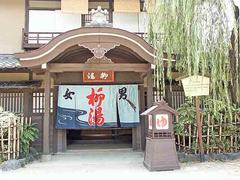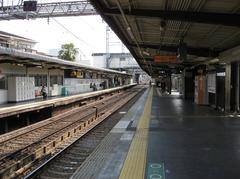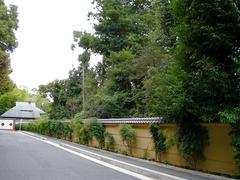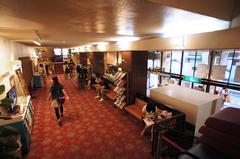Kyoto Detention House: Visiting Hours, Tickets, and Visitor Information in Kyoto, Japan
Date: 04/07/2025
Introduction
Kyoto Detention House (京都拘置所, Kyoto Kōchisho) stands as a pivotal element within Japan’s modern penal system, situated in the culturally renowned city of Kyoto. Unlike the city’s temples and palaces, this facility is not open to the public or tourists; it serves the serious purposes of pre-trial detention, short-term incarceration, and the administration of justice, including capital punishment under the Ministry of Justice’s governance.
This comprehensive guide explains the facility’s historical background, legal role, operational protocols, visitor regulations, and ethical considerations. For those interested in Japan’s legal and correctional history, it also suggests alternative ways to learn about the country’s penal system, as well as nearby attractions for a balanced experience of Kyoto’s rich heritage.
For further reference, see resources such as prisonsonline.com, the Ministry of Justice, and the Kyoto City Official Guide.
Table of Contents
- Historical Evolution of Penal Institutions in Kyoto
- Role of Kyoto Detention House in Japan’s Penal System
- Practical Visitor Information
- Location and Facility Description
- Legal Access, Visitation Rules, and Ethical Considerations
- Correctional Tourism in Japan and Abroad
- Nearby Kyoto Historical Sites
- Frequently Asked Questions (FAQ)
- Summary Table: Legal & Ethical Considerations
- References
Historical Evolution of Penal Institutions in Kyoto
Early Penal Practices
As Japan’s imperial capital through the Edo period, Kyoto’s penal institutions mirrored national trends, primarily detaining political prisoners and suspects awaiting trial in often overcrowded, unsanitary conditions (prisonsonline.com). The city’s position as a political and cultural center made its penal practices central to maintaining social order.
Meiji Modernization and the Birth of Modern Detention
With the Meiji Restoration in 1868, Japan overhauled its penal system, adopting Western models of incarceration. The establishment of Fuchu Prison in 1871 set new standards, and Kyoto developed its own modern detention centers in this era (prisonsonline.com).
Formation of Kyoto Detention House
Kyoto Detention House, as managed by the Ministry of Justice, replaced earlier facilities and today serves as a pre-trial and short-term correctional institution (prisonsonline.com).
Role of Kyoto Detention House in Japan’s Penal System
Classification and Functions
- Pre-trial Detention: Holds suspects under investigation or awaiting trial (detention of up to 23 days is permitted by law before formal charges: japannihon.com).
- Short-term Incarceration: Inmates serving short sentences or awaiting transfer.
- Execution Site: One of Japan’s designated sites for capital punishment, though executions are infrequent and kept confidential (japannihon.com).
Daily Life and Conditions
Inmates follow regimented routines, with communal or individual cells (the latter more common for foreign inmates) and strict schedules for meals, work, and limited visitation. Facilities meet Japanese correctional standards, focusing on security and basic humane treatment (japannihon.com).
Legal and Judicial Context
The detention house operates within a justice system characterized by:
- High conviction rates, largely due to confession-based investigations (abogadosgold.com)
- Limited access to counsel during police interrogation
- A growing emphasis on rehabilitation and reintegration through ongoing legal reforms (mainichi.jp)
Recent Reforms
- Penal Code Revision (2025): Prison terms with and without labor unified, with more correctional courses introduced to focus on rehabilitation (japantimes.co.jp).
- Challenges persist, including recidivism, inmate treatment, and overcrowding, but reforms aim to address these issues (prisonsonline.com).
Practical Visitor Information
Visiting Hours and Access
- No Public Access: The detention house is not open to tourists; there are no general visiting hours or tickets.
- Authorized Visits Only: Access is restricted to legal representatives, immediate family with prior approval, and consular officials.
- Appointment Requirement: All visits must be scheduled in advance and approved by the facility or Ministry of Justice (Ministry of Justice).
- Security Screening: Visitors undergo strict ID checks, metal detection, and cannot bring electronic devices inside.
- Supervised Visits: All meetings are monitored, with strict adherence to rules regarding time and conduct.
Accessibility
Located in Fushimi Ward, the detention house is accessible via public transport, including Takeda and Kuinabashi stations. The area is a blend of residential and institutional zones (Mapcarta).
Language
Official business is conducted in Japanese. Non-Japanese speakers should arrange for interpreters and Japanese-language documentation.
Facility Description
- Structure: Secure, multi-story concrete building with high perimeter walls and controlled entry points.
- Zones: Reception and administration, inmate housing, legal consultation rooms, medical facilities, and exercise yards.
- Capacity: Not publicly disclosed, but typical for similar facilities is several hundred detainees.
Legal Access, Visitation Rules, and Ethical Considerations
Legal Framework
- Public Access Prohibited: Only individuals with official authorization may visit (Ministry of Justice).
- Photography/Filming: Strictly forbidden, both inside and near the facility.
- Trespassing: Criminal offense, subject to fines, detention, or deportation for non-citizens.
- All visits require prior approval and adherence to detailed protocols.
Ethical Considerations
- Respect Privacy and Dignity: The facility is not a sightseeing destination; avoid attempting to observe, photograph, or disturb the facility or its surroundings.
- Community Sensitivity: The detention house is in a residential area; avoid loitering or intrusive behavior.
- No “Dark Tourism”: Japan does not promote tourism at operational correctional facilities—visit public museums or heritage sites instead (Kyoto City Official Guide).
Correctional Tourism in Japan and International Perspectives
Correctional Tourism in Japan
- Operational Prisons Off-Limits: Facilities like Kyoto Detention House are closed to tourists for privacy and ethical reasons.
- Abashiri Prison Museum (Hokkaido): A historical site open to the public, illustrating Meiji-era penal history (Prisons Review: Japanese Prison).
Global Comparison
| Country | Operational Prisons Open to Public | Historical Prison Museums | Notable Sites | Annual Visitors |
|---|---|---|---|---|
| Japan | No | Yes | Abashiri Prison Museum | 200,000 |
| United States | No | Yes | Alcatraz, Eastern State Penitentiary | 1.5 million+ |
| United Kingdom | No | Yes | Shrewsbury Prison, Kilmainham Gaol | 300,000+ |
| Australia | No | Yes | Port Arthur, Fremantle Prison | 350,000 |
Ethical Guidelines
- Respect Local Laws: Unauthorized entry or photography can have legal consequences.
- Prioritize Museums: For educational experiences, visit recognized historical prisons, not operational facilities (TourismTeacher.com, UNWTO).
Nearby Kyoto Historical Sites
While the detention house is inaccessible, the surrounding area offers significant cultural attractions:
- Fushimi Inari Taisha: Iconic shrine with thousands of vermilion torii gates.
- Tofuku-ji Temple: Celebrated for its Zen gardens and seasonal foliage.
- Byodoin Temple: UNESCO World Heritage site with historic architecture.
- Kyoto Imperial Palace: Symbol of Kyoto’s historical prominence.
For more on these sites, see the Kyoto City Official Guide and Japan Travel Official Guide.
Frequently Asked Questions (FAQ)
Q1: Can tourists visit Kyoto Detention House?
A1: No. The facility is closed to the public and only accessible to authorized individuals.
Q2: Are there tickets or tours available?
A2: No tickets or public tours are available.
Q3: How can I visit for legal or official reasons?
A3: Appointments must be made in advance through the Ministry of Justice or facility administration, with strict documentation requirements.
Q4: Is photography allowed?
A4: Photography and videography are strictly prohibited inside and near the facility.
Q5: Where can I learn about Japan’s correctional history?
A5: Visit historical prison museums such as Abashiri Prison Museum or explore public exhibitions and educational sites.
Summary Table: Key Legal and Ethical Considerations
| Aspect | Rule/Guideline | Source |
|---|---|---|
| Public Access | Not permitted except for authorized individuals | Ministry of Justice |
| Visiting Hours & Tickets | None available; facility closed to public | Ministry of Justice |
| Photography/Filming | Strictly prohibited | Ministry of Justice |
| Trespassing | Criminal offense; penalties include fines, detention, deportation | Ministry of Justice |
| Ethical Tourism | Avoid “dark tourism”; respect privacy and dignity | Kyoto City Official Guide |
| Community Sensitivity | Do not disturb local residents or businesses | Kyoto City Official Guide |
| Alternative Learning Options | Visit museums or public exhibitions on legal/correctional history | Ministry of Justice |
Conclusion
Kyoto Detention House is a functional, secure correctional facility, not intended for tourism. Its presence illustrates Kyoto’s dual role as a historical and administrative center. While it is closed to the public, those interested in correctional history can visit museums like Abashiri Prison Museum or explore Kyoto’s wealth of accessible cultural sites.
Visitors should always respect privacy, legal restrictions, and community norms. To enhance your Kyoto experience, combine your interest in legal history with visits to the city’s celebrated shrines, temples, and museums.
For more updates on Kyoto’s legal system, cultural heritage, and travel resources, visit the Ministry of Justice, Kyoto City Official Guide, or download the Audiala app.
References and Further Reading
- Behind Bars in Japan: A Look Inside the Country’s Prison System, Prisonsonline.com
- How Are Criminals Treated in Japan?, Japannihon.com
- Japanese Criminal Justice System Overview, Abogadosgold.com
- Japan Penal Code Revision and Correctional Reforms, JapanTimes.co.jp
- Japan’s Prison Reform and Rehabilitation Efforts, Mainichi.jp
- Kyoto Detention House Facility Overview, Ministry of Justice
- Kyoto Travel Official Guide, Kyoto.travel
- Penal System of Japan, Wikipedia
- Global Code of Ethics for Tourism, UNWTO
- Correctional Tourism Ethics and Guidelines, TourismTeacher.com
- Japan Travel Official Guide, Japan.travel

